Blue eyed pleco - Panaque suttoni
Scientific name: Panaque suttoni
Common name: Blue eyed pleco
Family: Loricariidae
Usual size in fish tanks: 35 - 45 cm (13.78 - 17.72 inch)
014
Recommended pH range: 6 - 7
Recommended water hardness: 2 - 12°N (35.71 - 214.29ppm)
0°C 32°F30°C 86°F
Recommended temperature range: 21 - 24 °C (69.8 - 75.2°F)
The way how these fish reproduce: Spawning
Where the species comes from: South America
Temperament to its own species: peaceful
Temperament toward other fish species: peaceful
Usual place in the tank: Bottom levels
Origin
The Blue-Eyed Pleco (Panaque suttoni) originates from South America, specifically the waterways of Venezuela's Rio Negro. In their natural habitat, they prefer areas with dense foliage, submerged branches, and strong water currents that provide shelter and food.
Short Description
Known for their captivating blue eyes and subtle blue body hue, Blue-Eyed Plecos were once highly popular among aquarium enthusiasts. However, their popularity has declined in recent years. This species is generally peaceful and primarily occupies the bottom levels of the tank. If you plan to keep more than one, be aware that they may become territorial.
Often sold as juveniles, Blue-Eyed Plecos can grow up to 35-45 cm (13.78-17.72 inches), making them unsuitable for smaller tanks. Handle them with care due to their sharp spines. Avoid using nets, as their spines can get tangled, potentially harming both the fish and the handler.
Lifespan
With proper care, the Blue-Eyed Pleco can live for 15 to 20 years, making them a long-term commitment for aquarists.
General Care
Blue-Eyed Plecos require a spacious tank with a minimum capacity of 120 gallons (480 liters). Being nocturnal, they are most active at night and need ample space at the bottom of the aquarium for swimming. Add bogwood to the tank, which they use for both hiding and gnawing, aiding their digestion.
These fish are high waste producers, so a robust filtration system is crucial to maintain water quality. Perform 10% water changes weekly to support a healthy environment. To mimic their natural habitat, create a gentle water flow by aiming the filter outlets appropriately. They thrive in cooler water temperatures of 21-24°C (69.8-75.2°F) and prefer a pH level between 6.0-7.0. When selecting tank mates, avoid aggressive species, as this can stress the Blue-Eyed Pleco and cause it to hide. Once acclimated, they may become more active during the day, especially at feeding times.
Feeding
The Blue-Eyed Pleco is an omnivore, requiring a mix of vegetable matter and protein-rich foods. Offer a staple diet of high-quality pellets or wafers, supplemented with live or frozen foods such as bloodworms, chopped mussels, shrimp, or brine shrimp. For additional vegetable matter, provide chopped cucumber, zucchini, or blanched peas. A varied diet will keep them healthy and enhance their coloration.
Sexing
Sexing Blue-Eyed Plecos can be challenging. Experienced breeders may attempt to distinguish males from females by inspecting their vents. However, this method can be hit or miss for most aquarists.
Breeding
There are no confirmed reports of successful breeding of Blue-Eyed Plecos in home aquariums. In the wild, it is believed they are cave spawners, creating caves along riverbanks for spawning.
Additional Notes
Due to their large size and specific care requirements, Blue-Eyed Plecos are best suited for experienced aquarists. Providing an environment that closely resembles their natural habitat will support their well-being and longevity. Regular monitoring of water quality and maintaining good tank hygiene are essential for their health.
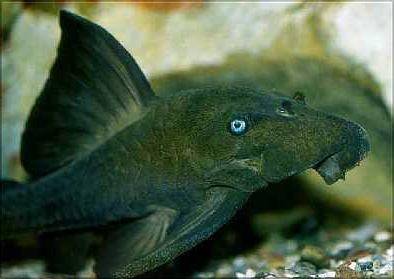
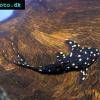 Adonis
Adonis  Lyre
Lyre 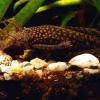 Bristlenose
Bristlenose 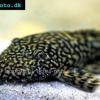 Gold
Gold 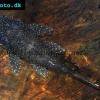 Bushymouth
Bushymouth  Spotted
Spotted  Medusa
Medusa 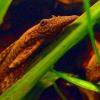 Bristlenose
Bristlenose 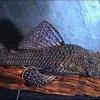 Starlight
Starlight 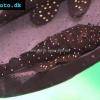 Spotted
Spotted  Catfish
Catfish 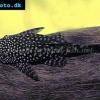 Bushynose
Bushynose 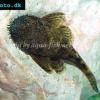 Bristlenose
Bristlenose 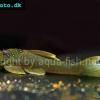 Green
Green 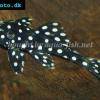 LDA-33
LDA-33 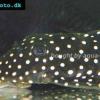 Snowflake
Snowflake 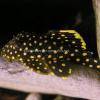 Gold
Gold 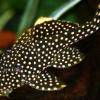 Gold
Gold  Bulldog
Bulldog  Dasyloricaria
Dasyloricaria 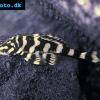 Butterfly
Butterfly 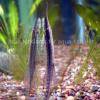 Whiptail
Whiptail 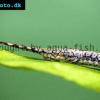 Amazon
Amazon 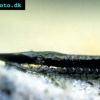 Twig
Twig 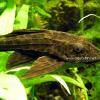 Spotted
Spotted 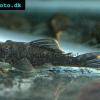 Spotted
Spotted 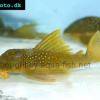 Lemon
Lemon 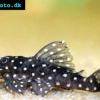 Pleco
Pleco 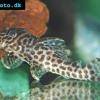 Peruvian
Peruvian 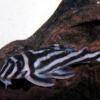 Zebra
Zebra 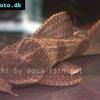 Pleco
Pleco 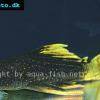 Hypostomus
Hypostomus 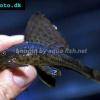 Pleco
Pleco 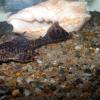 Suckermouth
Suckermouth 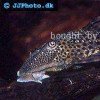 Spotted
Spotted  Woodeating
Woodeating 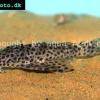 Golden
Golden  Sultan
Sultan 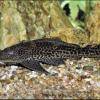 Multiradiatus
Multiradiatus  Marbled
Marbled 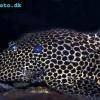 Pleco
Pleco 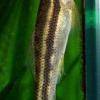 Dwarf
Dwarf 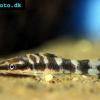 Dwarf
Dwarf 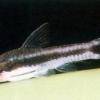 Dwarf
Dwarf 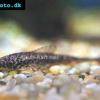 Oxyropsis
Oxyropsis 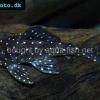 Orange
Orange 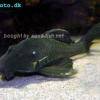 Blue
Blue 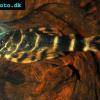 Clown
Clown 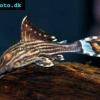 Royal
Royal 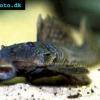 Rubber
Rubber  Goby
Goby 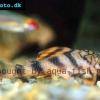 Wormline
Wormline  Para
Para  Tiger
Tiger 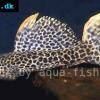 Leopard
Leopard 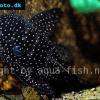 Spiny
Spiny 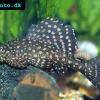 Marbled
Marbled 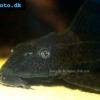 Amazon
Amazon  Common
Common 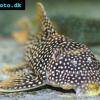 Sunshine
Sunshine 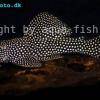 Golden
Golden